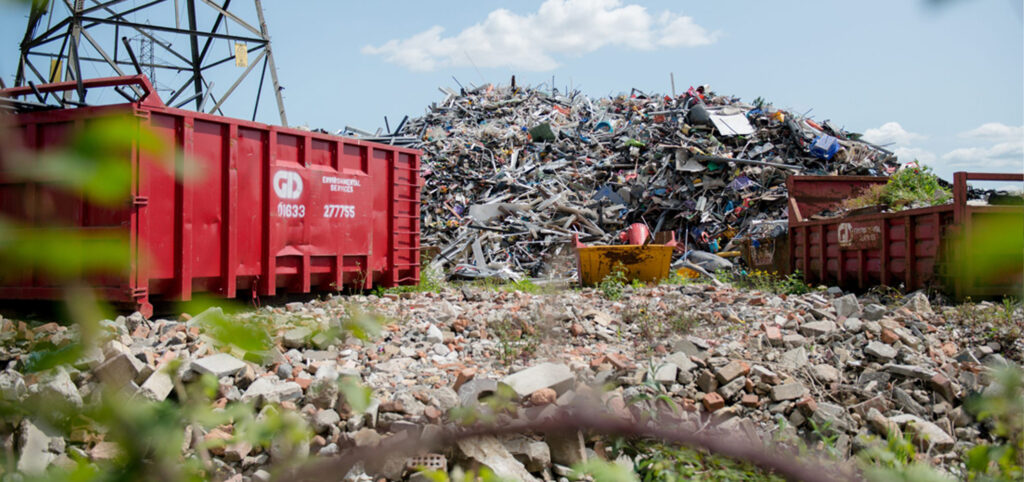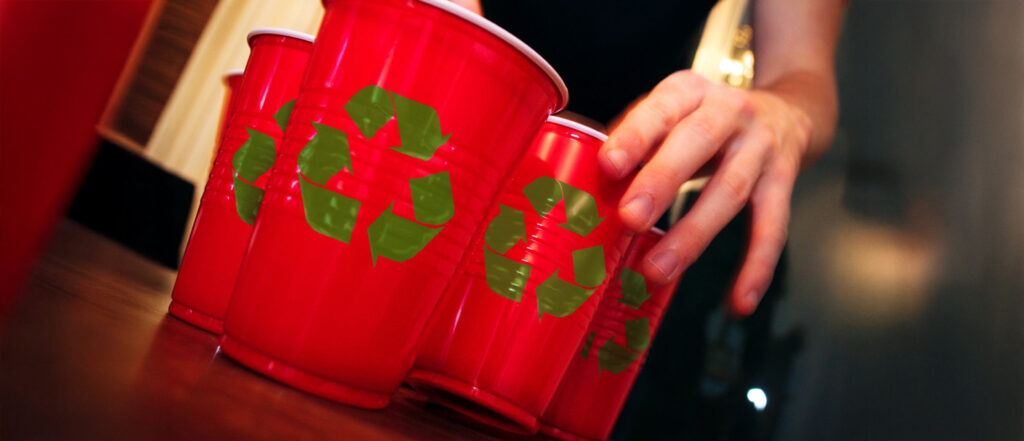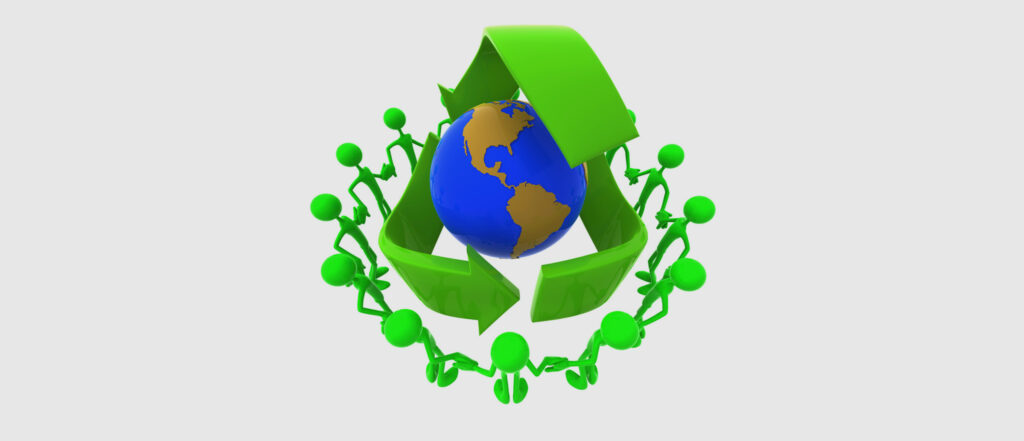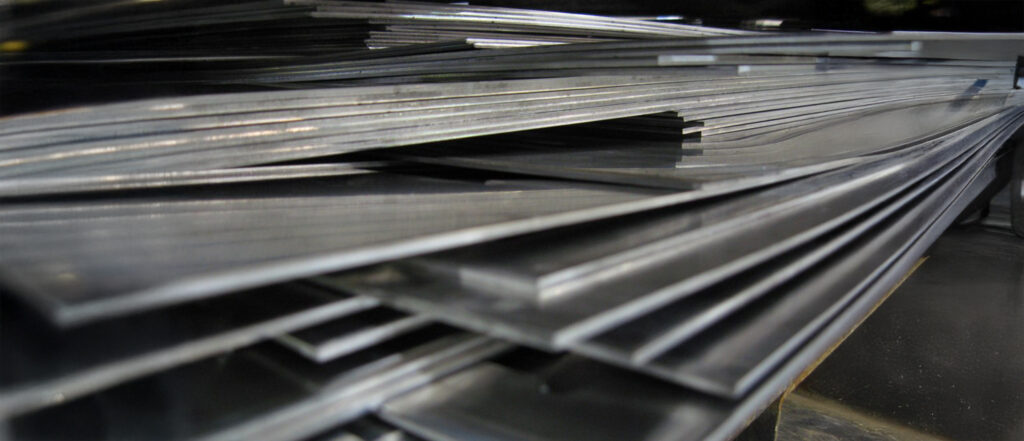When it comes to waste management, most people don’t think too much about what happens after the bins are emptied. But the journey from collection to recycling is more complex than you might expect, especially when it comes to handling different types of waste. One of the key distinctions made during processing is between wet and dry waste. Understanding the difference helps explain why sorting your waste properly matters, and how we are able to turn it into something useful again.
What’s the difference between wet and dry waste?
Wet waste refers to anything that contains moisture or organic matter. This can include food scraps, garden waste, and some types of industrial waste. Because of its high moisture content, wet waste can decompose quickly and is often treated using composting or anaerobic digestion, turning it into fertiliser or renewable energy.
Dry waste, on the other hand, includes materials such as plastics, paper, cardboard, and metals, things that can usually be recycled. These are cleaned, sorted, and processed into new raw materials that can be reused in manufacturing. Keeping wet and dry waste separate is vital because mixing the two can contaminate recyclable materials, making it harder to recover and reuse them.
Collection and sorting
When a GD vehicle collects your waste, it’s taken to one of our licensed facilities where the first stage of processing begins. Here, the waste is weighed, recorded, and then sorted into categories. Dry waste often passes through a combination of manual and mechanical sorting systems to separate recyclables like metal, cardboard, and plastics. Anything that can be recycled is baled and sent on to specialist reprocessing plants.
Wet waste is handled differently. Organic materials are separated and treated in facilities designed to manage decomposition safely and efficiently. The goal is to recover as much value as possible whether that’s producing compost for agricultural use or generating biogas to supply renewable energy back into the grid.
Why proper separation matters
If wet and dry waste are mixed, the recycling process becomes far less effective. Paper and cardboard, for example, can’t be recycled once they’re soaked through, while food residue on plastics can contaminate entire batches. That’s why we strongly encourage customers to use the right bins and containers for different waste types. It keeps recycling rates high and ensures more materials are recovered instead of ending up in landfill.
Closing the loop
Every stage of the process, from collection to final treatment, is designed to reduce the amount of waste going to landfill and make better use of the resources we already have. By handling wet and dry waste separately and responsibly, we help turn everyday waste into something valuable again, supporting both the environment and the circular economy in the process.



